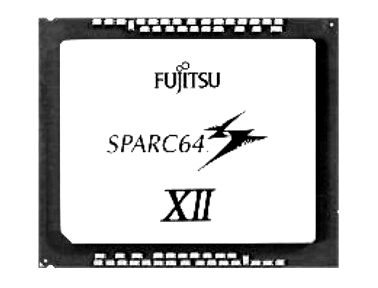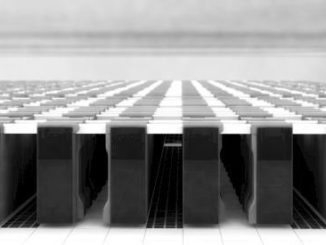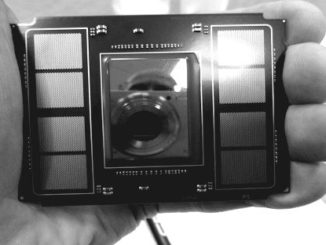
Fujitsu Takes On IBM Power9 With Sparc64-XII
While a lot of the applications in the world run on clusters of systems with a relatively modest amount of compute and memory compared to NUMA shared memory systems, big iron persists and large enterprises want to buy it. …




